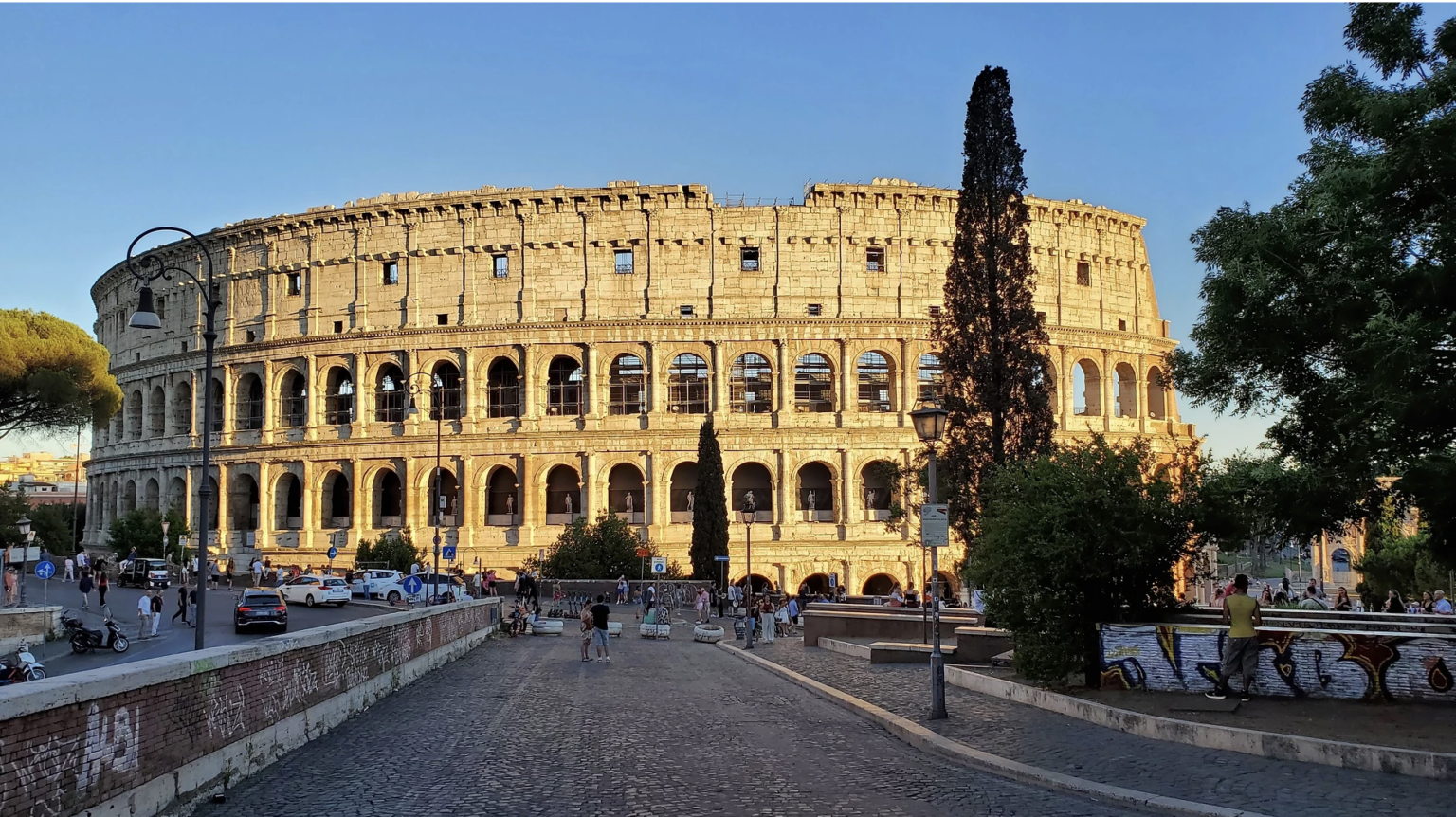Standing as an emblem of ancient grandeur and architectural brilliance, the Colosseum in Rome is a testament to the ingenuity of the Roman Empire. With a history spanning nearly two millennia, this iconic amphitheatre has captivated the imagination of countless visitors from around the globe. Let’s embark on a journey through time to uncover the rich history and significance of this awe-inspiring monument as you may be considering booking a tour of the Colosseum in Rome yourself.
- The Birth of a Marvel: The Colosseum, also known as the Flavian Amphitheatre, was constructed during the reign of the Flavian dynasty in ancient Rome. Emperor Vespasian initiated its construction in AD 70, and it was completed in AD 80 by his successor, Emperor Titus. Built on the site of Nero’s extravagant palace, the Colosseum was intended as a gift to the Roman people, a symbol of power, and a venue for public entertainment.
- Gladiatorial Spectacles and Beyond: Initially designed to host gladiatorial contests, animal hunts, and other public spectacles, the Colosseum served as a center for entertainment and social gatherings. Its massive elliptical structure could accommodate over 50,000 spectators, who would gather to witness thrilling battles between gladiators or exotic animal hunts orchestrated by skilled hunters. These events were not merely displays of martial prowess but also served as a means for emperors to assert their authority and maintain social order.
- Location and Accessibility: Situated in the heart of Rome, the Colosseum occupies a prominent position within the archaeological complex of the Roman Forum and Palatine Hill. The nearest metro station to the Colosseum is appropriately named “Colosseo,” conveniently located on Line B of the Rome Metro system. Visitors can easily access the monument by public transportation or opt for a leisurely stroll through the historic streets of Rome.
- Embracing the Past: Opening Hours and Visitor Information: Today, the Colosseum stands as a symbol of Rome’s enduring legacy and attracts millions of visitors each year. While its primary function as an arena for gladiatorial combat has long ceased, the monument continues to inspire awe and wonder. Visitors can explore its ancient corridors, ascend to the upper tiers for panoramic views of the surrounding city, and immerse themselves in the rich history of ancient Rome.
- Ownership and Conservation Efforts: The ownership of the Colosseum, like many ancient monuments in Italy, rests with the Italian government. However, the management and conservation efforts are overseen by the Ministry of Cultural Heritage and Activities, in collaboration with other cultural institutions and organizations dedicated to preserving Italy’s rich heritage. These efforts include ongoing restoration projects aimed at maintaining the structural integrity of the Colosseum and ensuring its continued accessibility to future generations of visitors.
- Natural and Human Challenges: Over the centuries, the Colosseum has faced numerous challenges, both natural and human-made. While it has largely withstood the test of time, the monument has suffered damage from earthquakes, vandalism, and the effects of pollution. One of the most significant instances of damage occurred in AD 1349 when a major earthquake struck Rome, causing the collapse of portions of the southern side of the Colosseum. Despite these setbacks, subsequent restoration efforts have helped to preserve and protect this architectural marvel for future generations to admire and appreciate.
- The Toll of Combat: The spectacles held within the Colosseum were not without their human cost. Gladiators, slaves, and wild animals were pitted against each other in brutal contests that often ended in bloodshed and death. While exact figures are difficult to ascertain, it’s estimated that thousands of individuals perished in the arena over the centuries. These individuals were often prisoners of war, criminals, or condemned individuals forced to fight for the entertainment of the Roman populace. The Colosseum serves as a stark reminder of the brutality and inhumanity of ancient Roman society, where violence and spectacle were integral components of public life.
The Colosseum is typically open to visitors every day of the week, with varying opening hours depending on the season. It’s advisable to check the official website or consult local tourist information for the most up-to-date information regarding opening hours, ticket prices, and any special events or exhibitions.
Conclusion: As one of the most iconic landmarks in the world, the Colosseum stands as a testament to the enduring legacy of ancient Rome. From its origins as a symbol of imperial power to its modern-day status as a UNESCO World Heritage Site, this majestic amphitheatre continues to fascinate and inspire visitors from all walks of life. By delving into its rich history and exploring its architectural marvels, we can gain a deeper appreciation for the ingenuity and creativity of the ancient Romans, whose legacy lives on in the heart of modern-day Rome.
